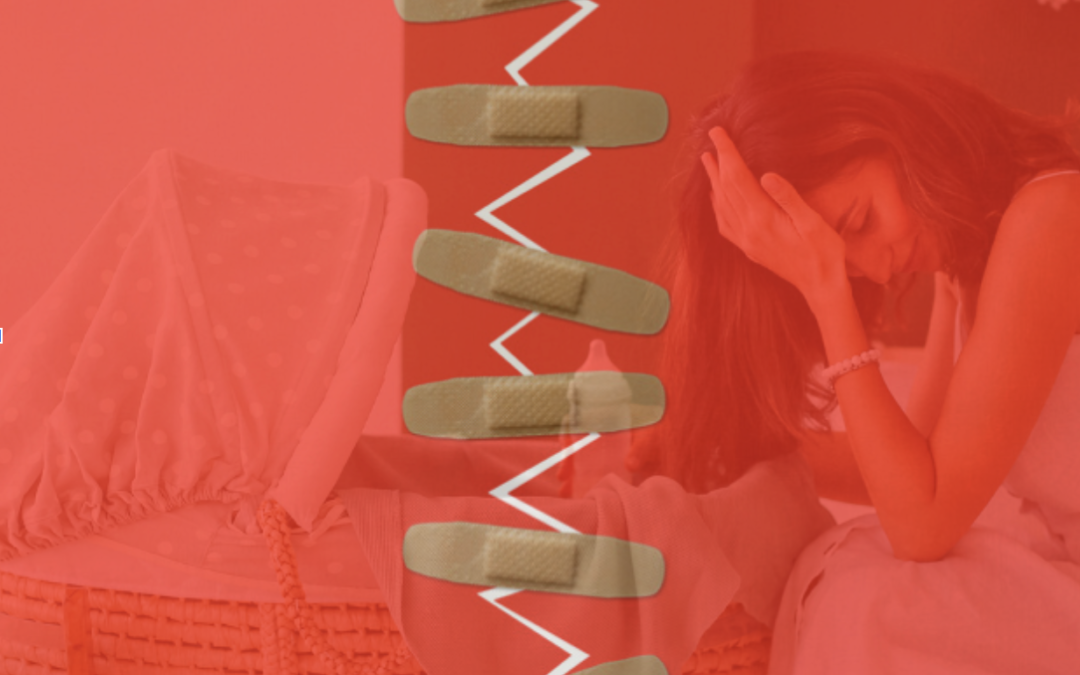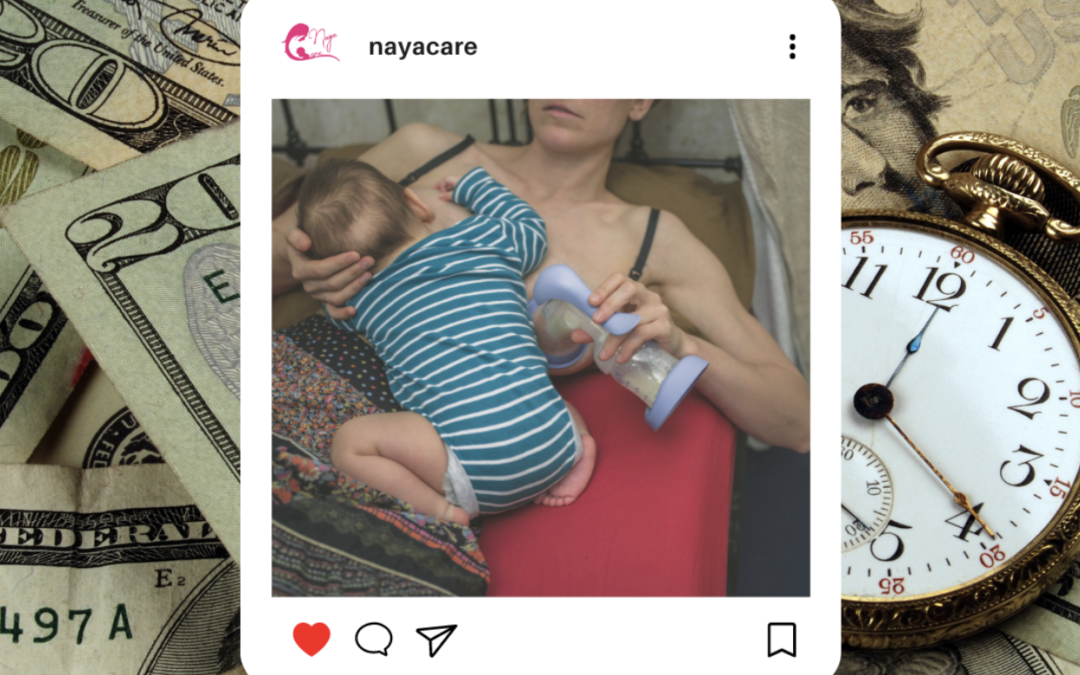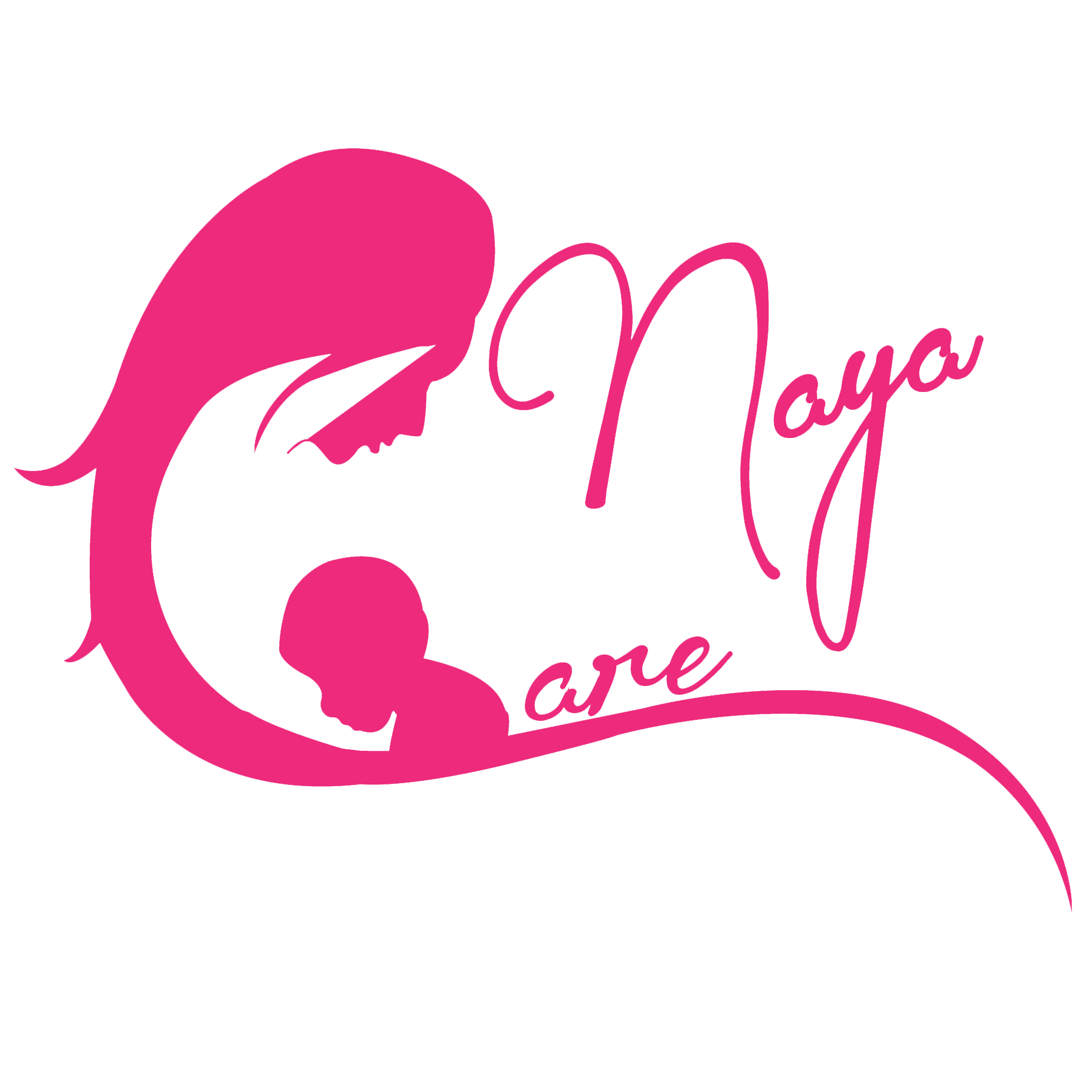
by Sonal Patel | Oct 9, 2023 | Blog
The FDA approval of Zurzuvae (zuranolone), the first oral medication, has offered new hope to mothers who have exhausted all other treatment options to cope with their postpartum depression. This is a milestone in recognizing the maternal mental health crisis that plagues our country. The benefit of this drug is that it offers a new approach to treating postpartum depression and brings postpartum health into the spotlight. With Zurzuvae and other treatments gaining recognition in mainstream media, postpartum health is becoming an essential topic in society. And yet, Zurzuvae is a reactive sparkling toy distracting from the root causes of postpartum depression.
One in seven women suffer from postpartum depression. Some factors that have led us to a maternal mental health crisis include a social stigma surrounding postpartum depression, lack of universal paid family leave, childcare concerns, barriers to healthcare access in terms of equity and race, and a postpartum medical care system in which 40% of women do not attend their appointments, to name a few. We have created a system for mothers to fail, and now we are in crisis mode.
Each of the above “lack of” could be its own book. My lens is through the medical field. I graduated medical school in 2003. Since then, saying the healthcare landscape has drastically changed would be an understatement. Though we have attempted to create policies that support prevention (expansion of Medicaid/Medicare under the Affordable Care Act), we are constantly in reactive mode as evident by the national COVID response.
My training continued as a pediatrician who further specialized in neonatology and lactation. Admittedly, until I personally tested America’s postpartum system through my own four diverse pregnancies, I didn’t realize the massive holes. It’s a system that demanded my return to pediatric appointments mere days after I delivered with a broken body and a newborn to support. Then, repeating the process several times in the first month in exchange for ten to fifteen minutes of infant care. No wonder my mind fractured months later with undiagnosed postpartum depression and postpartum anxiety.
Postpartum depression is not something that can be treated with a pill alone. The current medical care system does not adequately address a postpartum mother’s healing. One underutilized and economically sound solution for preventing postpartum depression (PPD) is in-home postpartum visits. Home visits allow for more quantitative and qualitative PPD screening.
In 2017, MIECHV (Maternal Infant and Early Childhood Home Visitation program) demonstrated an average PPD screening rate of 75 percent. The federally funded MIECHV supports more than 3,200 state and local agencies that conduct home visits via 20 different models. Economically, MIECHV programs see “a return on investment of $1.89 for every dollar spent.” Families benefiting from MIECHV home visits also report an increase in household income. According to the Center for American Progress, every $1 invested in home visiting programs yields a $3 to $5 return to society.
Other benefits from at-home healthcare includes reduction in maternal and infant mortality and improvement in breastfeeding rates. These outcomes lead to significant reductions in health care expenses.
As we applaud the national spotlight placed on maternal mental health, we cannot overlook the systemic, social, and medical barriers that have led us here. Concurrently, as we pour resources into scientific research, we need to economically support the real, granular issues impacting maternal mental health. America’s postpartum healthcare system needs to change to prioritize prevention rather than glorify quick fixes. Otherwise, we will keep placing bandages over what is none other than a hemorrhaging crisis.
- Postpartum Depression: StatPearls
- Postpartum depression risk factors: A narrative review – PMC
- Long-term effects of a home-visiting intervention for depressed mothers and their infants
- Maternal, Infant, and Early Childhood Home Visiting (MIECHV) Program | MCHB
- EVIDENCE ON THE LONG-TERM EFFECTS OF HOME VISITING PROGRAMS: Laying the Groundwork for Long-Term Follow-Up in the Mother and Inf
- Home Visiting: A Common-Sense Investment – Center for American Progress

by Sonal Patel | May 18, 2023 | Blog
In addition to being a natural and healthful way to feed infants, breastfeeding provides considerable financial advantages. According to studies, breastfeeding can lower healthcare costs by reducing risk of diseases in mom and newborns. However, despite the benefits of nursing, many women encounter obstacles that make it challenging to do so. In this blog post, we’ll talk about breastfeeding’s advantages for health and the economy, as well as its drawbacks and the necessity of societal pillars for encouraging women to breastfeed.
The Advantages of Breastfeeding for Health
Various minerals and other bioactive components found in breast milk offer protection from infectious and non-communicable diseases. Breastfeeding has been found to lower the incidence of respiratory infections, gastrointestinal illnesses, and sudden infant death syndrome (SIDS) in infants. Furthermore, breastfeeding has been connected to better cognitive growth and a lower incidence of obesity.
For mothers, breastfeeding has been linked to a decreased risk of breast, ovarian, endometrial, and type 2 diabetes mellitus. Breastfeeding may also hasten postpartum recovery and lower the risk of postpartum depression.
The Advantages of Breastfeeding for Economy
Breastfeeding has a lot of positive economic effects in addition to health benefits. According to a study in the Journal of Pediatrics, if 90% of women nursed their kids for the recommended six months, the United States might save $13 billion annually on healthcare costs. In addition, breastfeeding can lower healthcare costs by reducing illnesses and problems like SIDS, respiratory infections, and gastrointestinal infections that need medical attention. Furthermore, breastfeeding can minimize the time parents must take off of work to care for unwell children.
For families, breastfeeding has positive financial effects as well. Formula might be pricey; however, breast milk is less costly. Costs incurred with breastfeeding include purchasing breast pumps and accessories such as bottles. However, with the passing of the Affordable Care Act, breast pumps were mandated to be covered by insurance.
The Challenges of Breastfeeding
Despite the advantages of nursing, many women encounter obstacles that make it challenging to do so. Lack of support from family and friends, inability to access lactation consultants or other services, and having to go back to work soon after giving birth are frequent obstacles to nursing. In addition, some women struggle with physical issues like painful nipples or trouble latching.
Legislation surrounding breastfeeding also causes hurdles. Until the passage of the Affordable Care Act in 2010, employers did not have to provide adequate space or breaks for pumping. Moreover, employers with under 50 employees still are not required by law to support a breastfeeding mother. Laws also vary by state. Issues associated with public breastfeeding to appropriate places to pump and store breast milk are still contingent on state. For a detailed summary around breastfeeding and laws, check out Breastfeeding State Laws.
Conclusion
Women, newborns, families, communities, and our society can profit from the health and economic benefits of breastfeeding. Although many women desire to breastfeed, they may encounter obstacles that make it challenging to do so. It is crucial to spread awareness of the advantages of breastfeeding among families, healthcare professionals, and employers. Moreover, it is necessary to work to foster an atmosphere that supports and promotes breastfeeding. By eliminating breastfeeding barriers, we all can benefit from its wealth of health and economic advantages.
References
https://www.uptodate.com/contents/maternal-and-economic-benefits-of-breastfeeding#!
https://www.eatsonfeetsresources.org/wp-content/uploads/2022/07/EconomicsofBF.pdf
https://www.healthline.com/health/breastfeeding/11-benefits-of-breastfeeding
Want more? Download a free copy of Dr. Sonal Patel’s bestseller, The Doctor & Her Black Bag: How old fashioned care tackles maternal mortality and benefits America’s economy.

by Sonal Patel | Feb 8, 2023 | Blog
The 4th trimester is a critical time for mothers as they navigate the physical, emotional, and psychological changes that come with the postpartum period. During this time, it is important to understand the different types of postpartum mood disorders that can occur and provide the necessary support and resources to ensure the best possible outcomes for both mothers and their families. In this blog, we will explore the difference between postpartum blues, postpartum mood disorders (postpartum depression, postpartum anxiety), and postpartum psychosis.
- Postpartum Blues: Postpartum blues is a common experience for many mothers and is characterized by mild to moderate feelings of sadness, anxiety, irritability, and fatigue. These symptoms typically occur in the first two weeks after childbirth and are caused by hormonal changes, fatigue, and the stress of adjusting to life with a new baby. While postpartum blues can be distressing, it is usually a temporary condition that resolves on its own within a few weeks.
- Postpartum Mood Disorders: Postpartum mood disorders include postpartum depression and postpartum anxiety and are more severe and longer-lasting than postpartum blues. Postpartum depression is characterized by persistent feelings of sadness, hopelessness, and a loss of interest in activities that were once enjoyed. Postpartum anxiety is characterized by persistent feelings of worry, fear, and nervousness. These conditions can be severe and can impact a mother’s ability to care for herself and her baby.
- Postpartum Psychosis: Postpartum psychosis is a rare but severe mental illness that can occur in the postpartum period. It is characterized by symptoms such as delusions, hallucinations, manic behavior, and psychosis. Postpartum psychosis is a medical emergency and requires immediate treatment.
It is important to recognize that these conditions can occur in any mother, regardless of her background or prior mental health history. Moreover, it is important to understand that these conditions are treatable and that there are effective treatments available, such as therapy, medication, and support groups.
Want more? Download a free copy of Dr. Sonal Patel’s bestseller, The Doctor & Her Black Bag: How old fashioned care tackles maternal mortality and benefits America’s economy.



